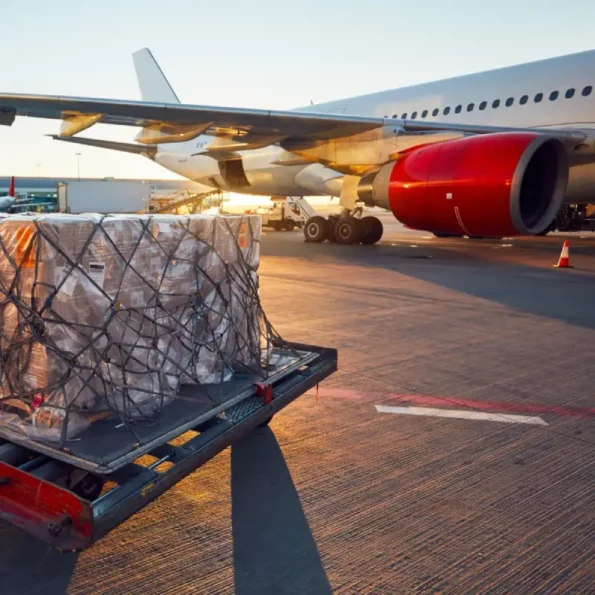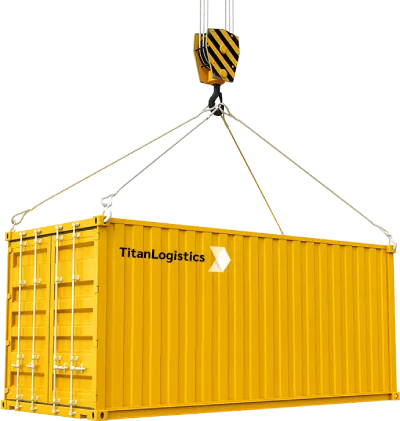
Navigating the Sea of Challenges
Container Stacking in Sea Freight
Unpacking the Complexities of Efficient Container Management at Sea
- Optimal Space Utilization: Efficient container stacking involves maximizing the use of available space on vessels, ensuring that containers are arranged in a way that minimizes gaps and utilizes every inch of cargo hold effectively.
- Stability and Balance: Maintaining stability and balance is a critical consideration. Containers must be stacked in a manner that distributes weight evenly across the vessel to prevent tilting or capsizing risks during transit.
- Accessibility for Loading and Unloading: The arrangement of containers should facilitate easy access for loading and unloading operations, minimizing the time vessels spend in ports and expediting the overall shipping process.
- Weather and Sea Conditions: Container stacking must account for potential rough weather conditions and the movement of the vessel at sea. Secure stacking prevents containers from shifting or becoming damaged during turbulent seas.
- Visibility and Documentation: Proper documentation and labeling are essential for efficient container stacking. Clearly marked containers help in identifying cargo, aiding both manual and automated handling processes.
- Security and Safety: Container stacking should prioritize the safety and security of the cargo. Properly stacked containers reduce the risk of accidents and ensure that goods reach their destination intact.







